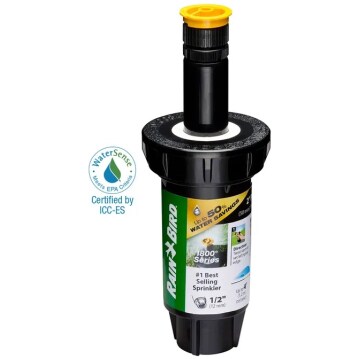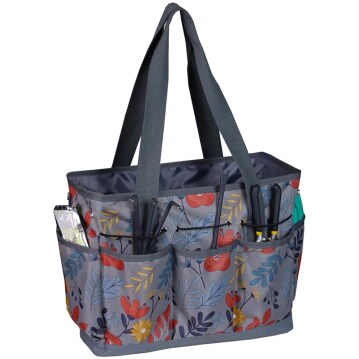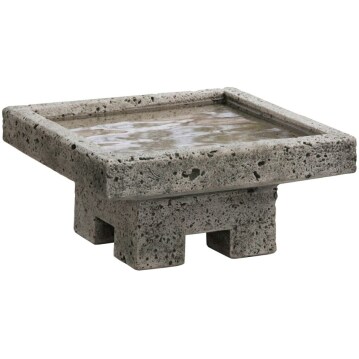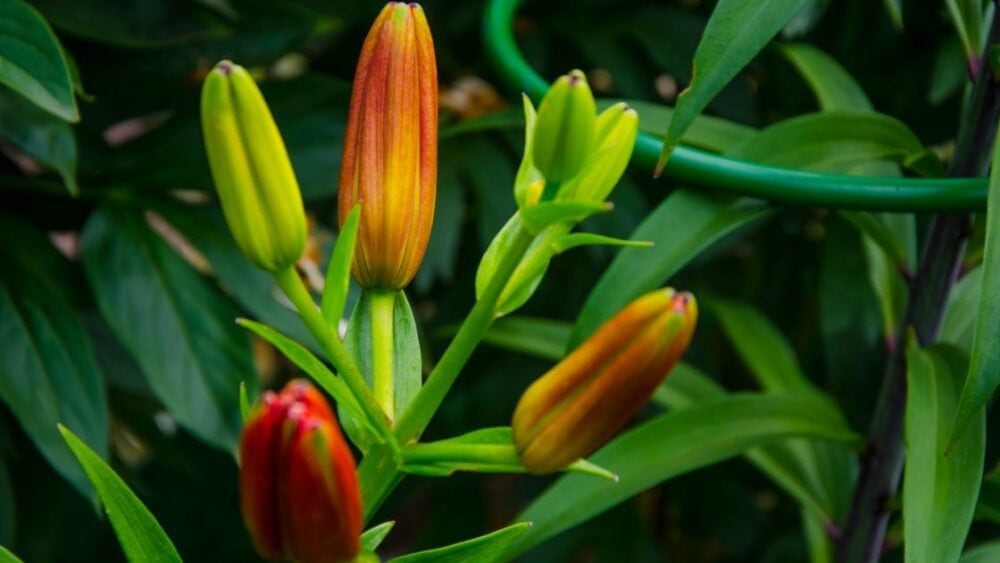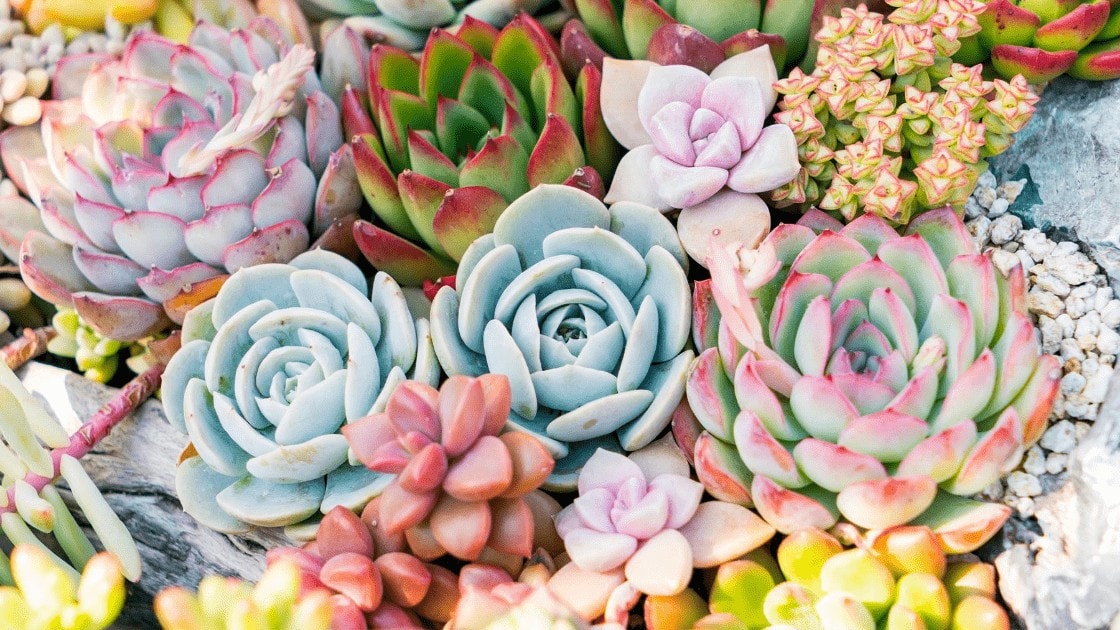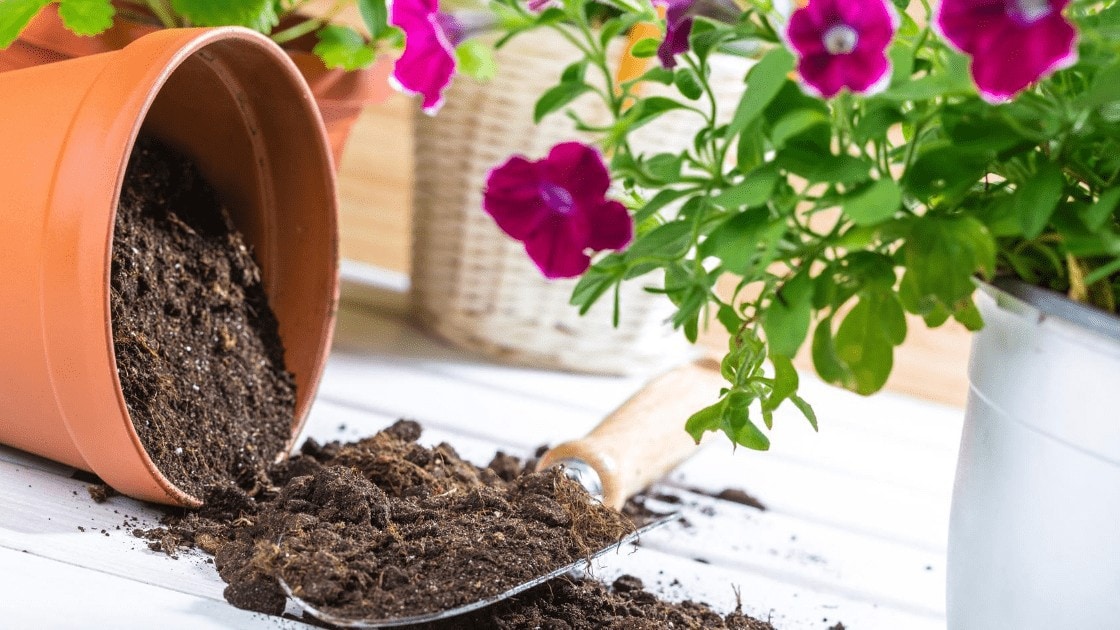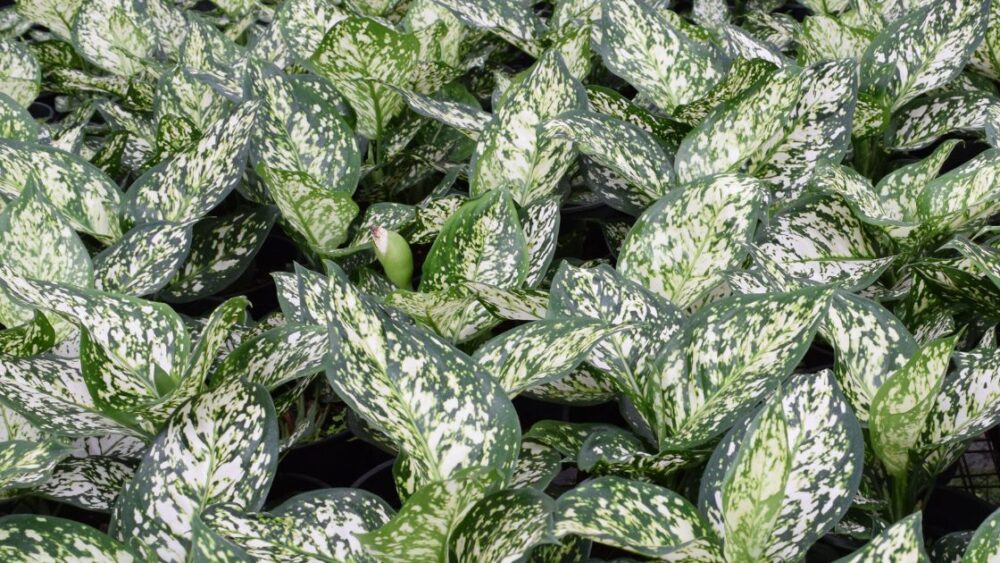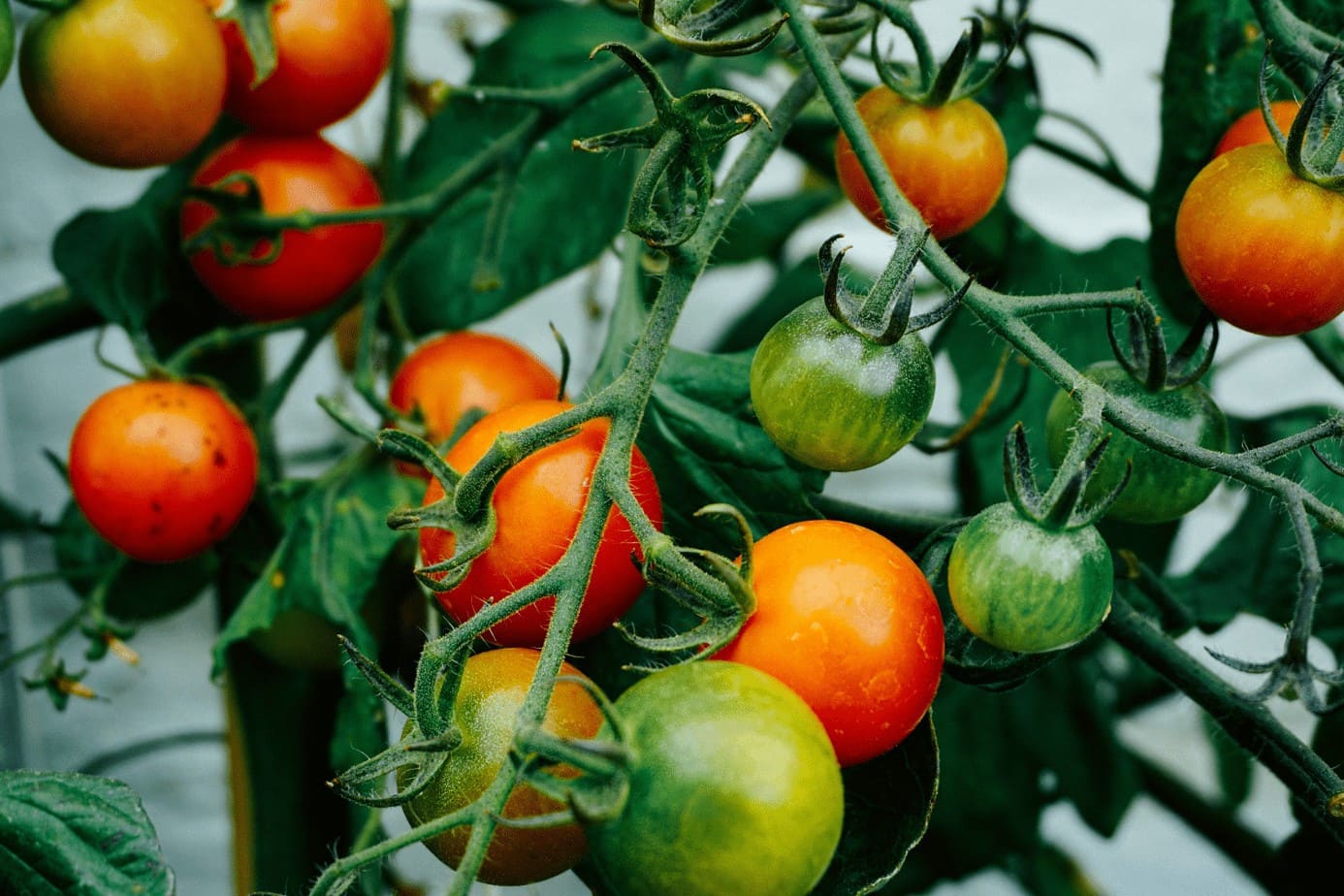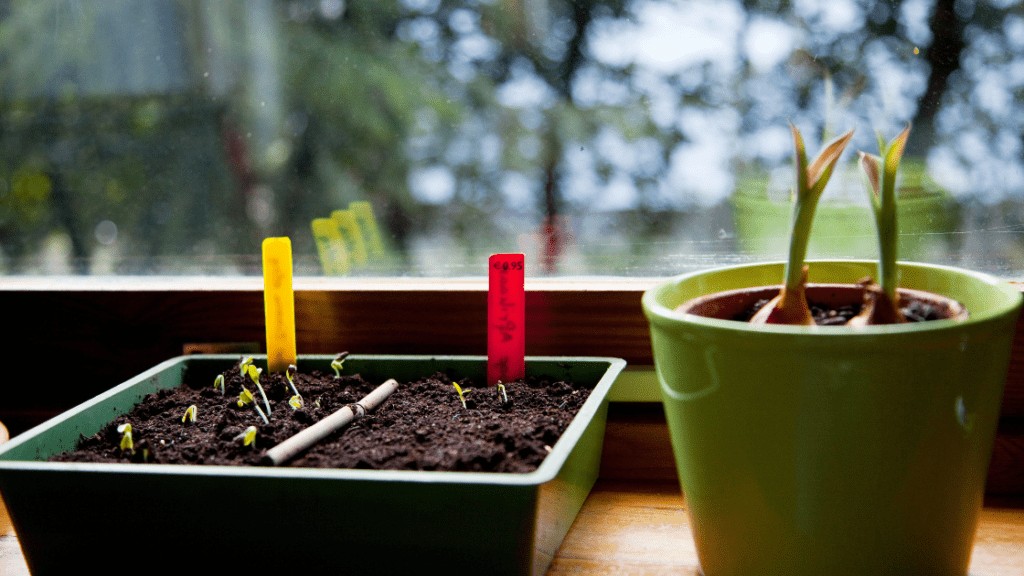
Indoor gardening is an interesting and relaxing hobby that can take countless forms – from growing undemanding succulents that only need to be watered once a month, to the more challenging and hands-on process of growing vegetables, herbs or flowering plants.
Regardless of your ultimate goal, indoor gardening is simply the practice of providing a good growth environment for plants. At first glance, this seems simple – just throw in some seeds in a container filled with potting soil, water them and watch them grow! However, there are a few factors to be taken into account, without which you’ll have little success.
The aim of this article will be to shorten your learning curve and get rid of all the hurdles you’re likely to encounter as a beginner indoor gardener. In about 10 minutes, you’ll know the exact growth requirements of most plants and how to best recreate them indoors. Let’s get started!
Browse our Affiliate Products
Don’t Rely On Your Intuition and Common Sense (At Least Not In The Beginning)
When it comes to gardening, relying on your intuition and common sense isn’t always the best idea, at least not at first.
For example, as you’re about to learn, judging light levels by how bright a location appears to your eyes can easily lead to you providing up to 100 times less light than is required for good growth. Also watering your plants so that the soil is always damp can easily lead to root rot that will eventually kill your plants.
Gardening is more of a science than an art and the optimal growth conditions of plants have been known for a long time, making it pointless to try and guess or rely on your intuition!
Getting ‘The Big Three’ Right: Light Intensity, Watering and Soil

Let’s first look into the fundamentals:
The light intensity that your plants need, how often you should water them and what soil you should plant them in. Without getting those three right, nothing else will matter and your plants will eventually start suffering.
Light Intensity
Light is the single most important factor. Most beginners who want to grow plants indoors vastly underestimate the light intensity required for proper growth.
Although professional gardeners work with the complicated mol/sec unit, in this article we’ll try to work with the much simpler lux units instead.
Lux units are not an absolutely accurate representation of the usable light your plants receive, but they are close enough and very easy to work with. If you’re serious about gardening, getting a cheap lux meter is an excellent idea – they can be purchased for as low as $20.
Most modern mobile phones can also be used as lux meters – they have a light sensor next to their front camera, which the phone uses to determine the optimal screen brightness – installing a lux meter app that reads the data from this sensor is an easy way to measure the light intensity without having to purchase a separate meter.
How Much Light Do Plants Need to Grow Fast?
Most plants achieve their highest growth rate with light intensities of around 40,000-50,000 lux, provided for at least 8 hours daily.
Up until that point, the growth rate of a plant is relatively linear, meaning that a plant receiving 10,000 lux will grow around three times slower than a plant receiving 30,000 lux. At around 5,000 lux the plants will grow very slowly, around 10 times slower compared to being outside in full sun.
Below 1,000 lux we reach what is called a ‘compensation point’ – the plant expends more energy than it can produce from photosynthesis, leading to zero growth, difficulties transporting water, wilting, discoloration and possible death.
The rules outlined above apply to all leafy plants, including all vegetables, spices and ornamental flowering plants. Succulents are a bit different and won’t really grow quickly regardless of how much light we give them. But they still need at least 10,000 lux to just survive and keep their bright colors.
Here is a general idea of the approximate light intensity in various locations:
| Direct sun outdoors | 120,000 lux |
| Windowsill receiving direct sunlight | 80,000 lux |
| Windowsill receiving indirect sunlight | 15,000 lux |
| Desk, 2-3 feet away from a bright window | 1000 lux |
| Living room during the day | 150 lux |
Using Artificial LED lights: What Wattage is Optimal?
Using lux units makes it very easy to choose a good artificial light for our plants based on its wattage. Because the lux unit represents lumens per square meter and all LED lights produce between 90-130 lumens per watt of electricity consumed, a general rule is to use around a 20-30 watt light per square foot of growth area.
One square foot is almost exactly 1/10th of a square meter, so if all of the light produced by a 20 watt LED light falls on an area of 1 square foot, we’ll have around 20,000 lux – well within the optimal range where our plants will grow only around 30-50% slower compared to being outside in the full sun all day.
What If I Don’t Care How Quickly My Plants Grow?
If you’re growing ornamental plants and don’t really care about harvesting their leaves or fruits, any indoor location close to a windowsill will be enough to keep the plants alive.
However, if you want your plants to flower, they will still require plenty of light – blooming is a very energy-intensive process for any plant and most flowering plants won’t even flower unless provided with an ample amount of light.
Trick: Use a Light Reflector
Plants on a windowsill receive light only from one direction. By placing a piece of white paper behind the plant, we can double or even triple the amount of light reaching the foliage of the plant, greatly increasing its growth rate.
Reflectors should not be used for south-facing windows where the plants already receive plenty of direct light.
If you have a terrarium with lighting issues, check out our article by clicking on the link. Outdoorgardenaccessories.com/how to properly light a terrarium: artificial vs natural lighting/
Watering/Irrigation and Soil
After we’ve made sure that our plants are getting sufficient light, the next obvious factors to look at are a suitable soil and getting the watering frequency right.
Water Thoroughly, But Not Frequently and Avoid Frequent Supplementary Watering
Watering is another area where using common sense can get you into trouble
Watering often and trying to keep the soil wet may seem like a great idea, but it’s not optimal for most plants. In nature, most plants get watered very thoroughly as it rains, but then a relatively long drought period occurs, during which the top of the soil dries up a bit before the next rain arrives.
Every drought cycle forces air back into the soil, supplying the roots with oxygen. This is important – keeping the soil constantly wet starves the roots of oxygen and makes it hard for them to manufacture the energy to transport water upwards. As a result, paradoxical wilting may occur, where the more you water your plants, the more they wilt.
Eventually, the tips of the roots may start dying and rotting, killing the plant.
There are some plants immune to this issue. Some crops like rice even grow with their roots fully submerged in water all the time. However, all common spices and vegetables, including Basil, Tomatoes, Peppers and so on benefit from a short drought period and dislike water-logged, constantly damp soils.
It’s a good idea to perform a one-time experiment and let the plant wilt slightly before watering it – that way you’ll have a good idea of the minimum optimal watering frequency.
For a more in depth article of watering indoor/outdoor plants, you can continue reading more by clicking here. Outdoorgardenaccessories.com/How Often Should I Water my Indoor Plants/Outdoor Potted Plants?
Choosing a Suitable Soil Mix
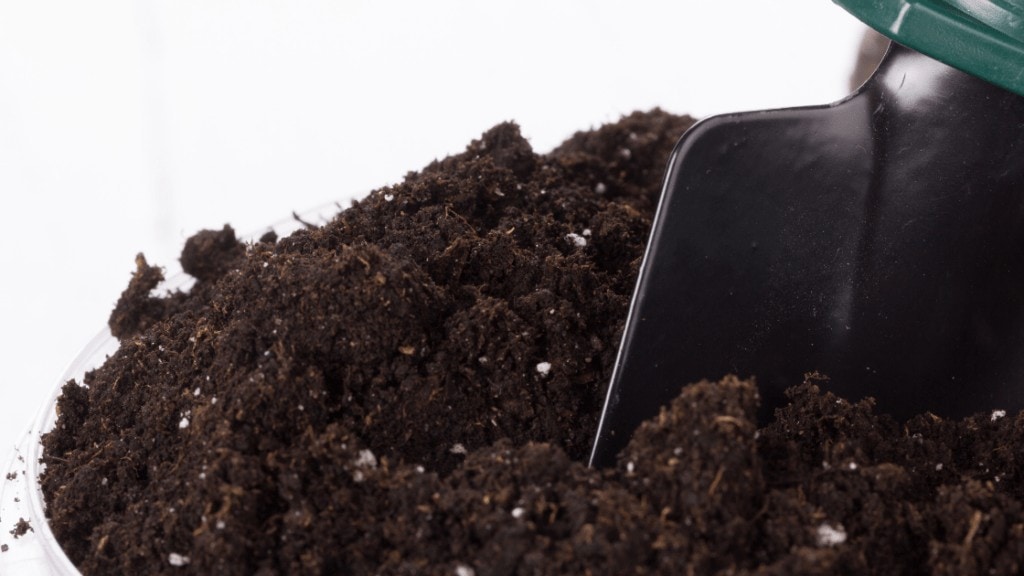
Fortunately, the issue of choosing a suitable soil is largely taken care of – cheap potting mixes with the perfect ratio of compost, perlite, hummus and other soil amendments are already widely available.
General purpose potting mixes usually work well for all vegetables and spices. There are certain plant species that demand special acidic soils, but most of them are ornamental outdoor garden plants, like Magnolias and Rhododendrons.
Soil mixtures comes in a variety of combinations depending on what you are growing. Here are some suggestions by clicking here. What Are The BEST Potting Soils for Every Type of Plant?
What type of indoor planter is best?
This is comes down to what you are planning to grow. You may want to grow in a terrarium, where you may be growing succulents and miniature plants, or growing herbs or vegetables. Just somethings to consider since there are applications for any type of plant, and what you want your creation to become.
As far as terrariums, you can purchase kits ready made that are specific for this type of garden. These are probably the most easiest for the beginner because all you need is to follow the setup guide, and plant your succulents and your on your way. For a more detailed article on terrariums, check out our article here. How to Build Your Own Terrarium: Beginners Guide
If you would like to try your hand at growing herbs and vegetables, you can always go with something more self contained. Some examples are shown below.
Finally, if you are just curious of what type of pot to use, check out this article. What is the perfect pot for my plants?.
As you can see there is a variety of things to use, and even more variety of ways to use them with.
Gardening Tools
With all hobbies and interest, there is always tools of the trade. As for gardening indoors, many times a simple garden tool set will suffice. Some tools are:
- Soil Knife
- Pruning Shears
- Hand Trowel
- Gloves
- Garden Scissors
- Drip Irrigation Kit for a more advanced setup. Click to read out article.
For more information about garden tools for outdoors and garden tools in general, check out our article here. What Tools Should a Beginner Gardener Have?
Germinating Seeds – A Few Tips and Tricks
Most vegetables, leafy greens and spices have seeds that sprout quickly in 2 to 3 days with a very high germination rate. Some, however may refuse to sprout, causing you a lot of frustration.
Fortunately, the problem can be easily solved by either providing the seeds with some light, or by breaking their dormancy through stratification or scarification.
Seedsnow.com offers a comprehensive listing of seeds that you may want to try. Check it out by click on the picture below.
Light-Requiring Seeds
Some seeds require light in order to germinate. The most common plant with seeds having this requirement is the lettuce. A common beginner mistake is to bury lettuce seeds or cover them with a thick layer of soil.
This will ensure that they never sprout, because light can’t reach them. In general, the smaller a seed is, the less it needs to be covered with soil in order to germinate. With tiny seeds, it’s best to spread them on the surface of the soil and mist gently, without covering them at all.
Tricks to Germinate Tough, Dormant Seeds
Pepper seeds are notorious for causing a lot of frustration for gardeners.
They often have a very low germination rate and can take up to three weeks to germinate properly. It’s commonly cited that the culprit is probably not a high enough temperature, but many growers still have trouble germinating those tough seeds, even after using a heating mat and trying to sprout them on tissue paper.
As it turns out, pepper seeds have a dormancy that can be pretty tough to beat – freezing the seeds before planting them may help by softening their hard outer shell.
There is an even better way to germinate those seeds quickly, by performing a process called scarification. By using sandpaper, scissors or nail clippers to carefully remove a tiny section of the periphery of the seeds and putting them on some wet tissue paper afterwards, the embryo of the seeds can start growing immediately after the seed absorbs some moisture.
By doing some experimentation and properly performing this scarification trick, you will be able to see a tiny root emerging from the seeds as quickly as 24 hours after spreading them on a wet tissue paper. Usually, only one side of the seed needs to be scarified for this to happen. Obviously, removing too large of a section from the seed will kill the embryo – only remove the outer 5% from the periphery of the seed.
While germinating seeds may seem difficult, with a little know how and patience, it can be done. If your looking for something more specific, Amazon provides some awesome seed germinators as seen below.
When to Fertilize and What Fertilizer to Use
Plant fertilizers are a very broad subject and it’s even possible to grow plants hydroponically – without soil, with the roots suspended in a fertilizer solution.
For the beginner indoor gardener, it’s best to just pick a suitable fertilizer formulated for the specific plant type. Don’t be tempted to use too much fertilizer – it will not lead to faster growth. If you’ve just planted some plants in a fresh, new soil, fertilization is completely unnecessary.
For fast-growing plants, like vegetables and spices, you may start considering fertilization at least a month after planting. Never use too much and always follow the directions on the packaging.
It’s much easier to damage the plant with over-fertilization than with under-fertilization – always look for tell-tale signs of a nutrient deficiency before fertilizing. Watch out for any signs of nutrient toxicity after each fertilizer application – darkening of the leaves and necrosis of the leaf tips are usually the first signs of using too much fertilizer.
Avoid fertilizer buildup
After watering with a fertilizer solution, the moisture in the soil evaporates, leaving behind the fertilizer solutes. After several cycles of this, the soil may accumulate too much salts, killing the roots.
The classic signs of nutrient toxicity usually follow – leaf spots, burning at the tips of the leaves and wilting. The problem can be resolved by flushing the potting container with clean water, which will wash off any built-up fertilizer salts.
Final Thoughts
That’s it! You now know the most common beginner mistakes when it comes to growing plants indoors and how to avoid them. The only thing left to do is to pick suitable plant species for indoor cultivation. This will depend on your particular interests and whether you want to grow ornamental or edible plants.
Leafy greens like basil and lettuce are always a great option to start with – they are very easy to germinate from seed and given enough light will provide you with a lot of leaves you can harvest in as little as a month!

